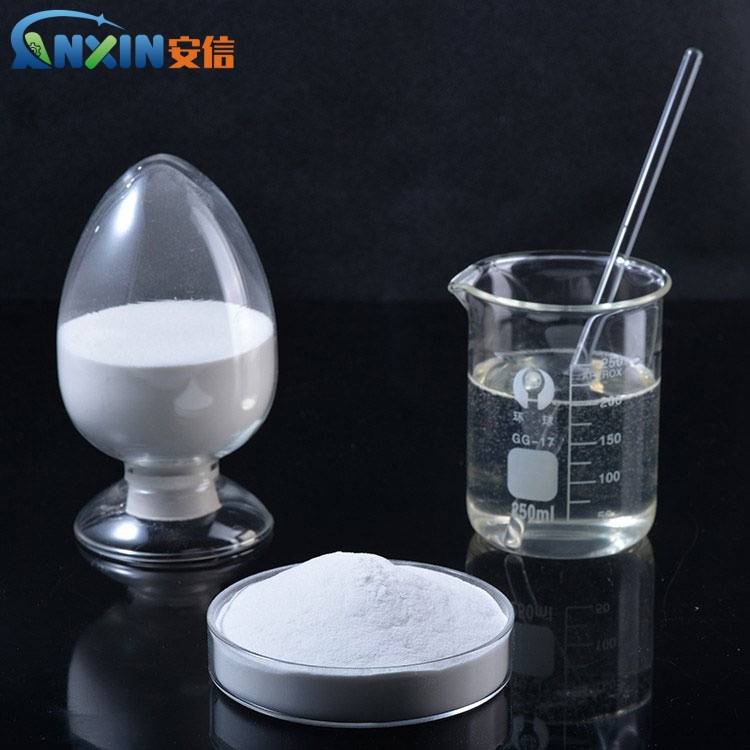The Role of Hydroxypropyl Methylcellulose (HPMC) in Cement Mixtures
Hydroxypropyl Methylcellulose (HPMC) is a widely-used additive in cement-based materials due to its versatile properties that enhance workability, water retention, and mechanical strength. This paper aims to provide a comprehensive understanding of the interactions between HPMC and cement, focusing on the optimal ratios for various applications. The discussion covers the influence of HPMC on the hydration process, rheological properties, and overall performance of cement mixtures.
Hydroxypropyl Methylcellulose (HPMC) has emerged as a crucial additive in cement-based materials, offering a multitude of benefits such as improved workability, water retention, and enhanced mechanical properties. The integration of HPMC into cement mixtures has become commonplace in construction industries worldwide. Understanding the optimal ratio of HPMC to cement is imperative for achieving desired performance characteristics in various applications ranging from mortar to self-leveling compounds.
1.Properties and Functions of HPMC in Cement Mixtures
(1)Workability Enhancement
One of the primary functions of HPMC in cement mixtures is to improve workability. The addition of HPMC alters the rheological properties of the cement paste, reducing yield stress and enhancing flowability. This effect is particularly beneficial in applications requiring easy placement and finishing, such as plastering and flooring.
(2)Water Retention
HPMC acts as a water retention agent in cementitious systems, preventing rapid water loss during the early stages of hydration. This property is crucial for ensuring proper hydration of cement particles, leading to enhanced strength development and durability of the hardened material.
(3)Strength Enhancement
In addition to improving workability and water retention, HPMC can also contribute to the mechanical strength of cement-based materials. By optimizing particle dispersion and reducing segregation, HPMC promotes uniform hydration and packing of cement particles, resulting in improved compressive and flexural strength.
2.Influence of HPMC-Cement Ratio on Properties of Cement Mixtures
(1)Effect on Workability
The ratio of HPMC to cement significantly influences the workability of cementitious mixtures. Higher concentrations of HPMC tend to increase flowability and reduce the yield stress of the paste, making it easier to handle and manipulate. However, excessive amounts of HPMC may lead to excessive water demand and prolonged setting time, compromising the overall performance of the mixture.
(2)Impact on Hydration Kinetics
The presence of HPMC can alter the hydration kinetics of cement due to its influence on water availability and diffusion rates. While HPMC enhances water retention, it may also delay the initial hydration reactions, affecting the setting time and early strength development of the material. Therefore, optimizing the HPMC-cement ratio is essential to strike a balance between workability and hydration kinetics.
(3)Mechanical Properties
The mechanical properties of cementitious materials are closely related to the HPMC-cement ratio. By controlling the dispersion and packing of cement particles, the optimal ratio of HPMC can improve the overall strength and durability of the hardened material. However, an excessive amount of HPMC may compromise the mechanical performance by reducing the effective cement content and increasing porosity.
3.Factors Influencing HPMC-Cement Compatibility
(1) Chemical Compatibility
The compatibility between HPMC and cement depends on their chemical interactions, including hydrogen bonding and surface adsorption. Proper selection of HPMC grades and cement types is crucial to ensure compatibility and avoid adverse effects such as retardation or segregation.
(2) Particle Size Distribution
The particle size distribution of HPMC plays a significant role in its performance in cement mixtures. Finely divided HPMC particles tend to disperse more effectively in the cement paste, leading to improved water retention and workability. However, excessive fines may result in viscosity buildup and difficulty in mixing.
(3)Environmental Conditions
Environmental factors such as temperature and humidity can influence the perform
ance of HPMC in cementitious systems. High temperatures may accelerate the hydration process and affect the rheological properties of the mixture, while low temperatures can retard setting and reduce early strength development. Proper curing practices are essential to mitigate the impact of environmental conditions on HPMC-cement compatibility.
4.Strategies for Achieving Optimal HPMC-Cement Ratios
(1) Experimental Optimization
The determination of the optimal HPMC-cement ratio often involves experimental trials to evaluate the performance of different mix formulations. Rheological tests, such as flowability and viscosity measurements, can provide valuable insights into the effects of varying HPMC concentrations on the workability of cementitious mixtures.
(2)Modeling and Simulation
Mathematical modeling and simulation techniques can aid in predicting the behavior of HPMC-cement systems under different conditions. By incorporating parameters such as particle size distribution, hydration kinetics, and environmental factors, models can help optimize the ratio of HPMC to cement for specific applications.
(3) Quality Control and Monitoring
Regular quality control and monitoring of HPMC-cement mixtures are essential to ensure consistency and reliability in construction practices. Testing methods such as compressive strength testing, setting time determination, and microstructural analysis can help assess the performance of cementitious materials and identify any deviations from the desired ratios.
Hydroxypropyl Methylcellulose (HPMC) plays a pivotal role in enhancing the properties of cement-based materials, offering benefits such as improved workability, water retention, and mechanical strength. The optimal ratio of HPMC to cement depends on various factors, including desired performance characteristics, environmental conditions, and compatibility with other additives. By understanding the interactions between HPMC and cement, and employing appropriate strategies for ratio optimization, construction professionals can harness the full potential of HPMC in achieving superior performance and durability in cementitious systems.
Post time: Apr-02-2024

